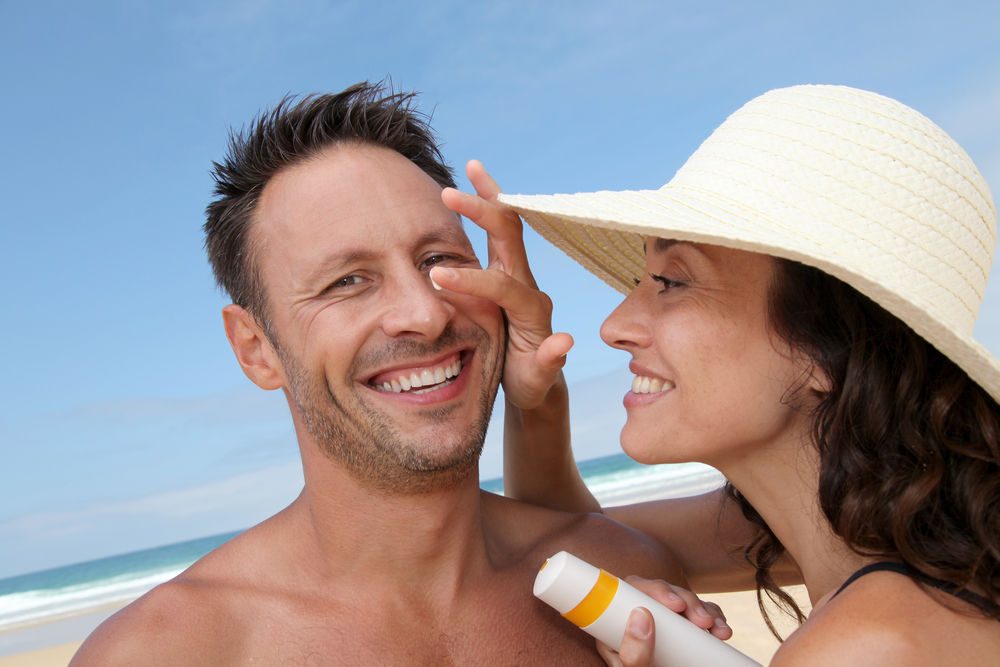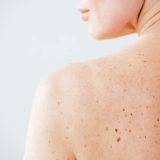

Ultraviolet Radiation (UVA and UVB)
The sun sends out two types of ultraviolet radiation: UVA and UVB. UVB is the type of radiation that we know causes sunburn and is the type of ultraviolet radiation that most sunscreens are designed to protect against. The sun protection factor (SPF) on a sunscreen refers to the protection from UVB radiation. UVA exposure, however, may still generate free radicals in the cells that damage DNA and skin cells, as well as burn the skin. This is why we should use a broad spectrum sunscreen, which blocks both UVA and UVB radiation.
Sun Protection Factor (SPF)
The SPF tells us how long we can stay in the sun; for example an SPF 15 tells us that we can stay in the sun for 15 times longer without getting burned. If you would normally burn in 20 minutes of sun exposure, an SPF 15 would, in theory, give you about five hours of protection [20 minutes x SPF 15 = 300 minutes / 60 minutes (1 hour) = 5 hours]. The problem comes when you figure in other factors such as sweating, swimming and the fact that most sunscreens need to be reapplied every two hours to continue to be effective. This protection also refers only to the reddening of sunburn which does not account for all skin damage (from UVA).
There are two basic types of sunscreen: chemical and physical.
Chemical Sunscreens
Chemical sunscreens often contain chemicals that may actually cause harm to the skin, even while preventing burning (from UVB). Two common chemicals that can be found in chemical sunscreens include retinyle palmitate and oxybenzone. Retinyle palmitate damages skin cells and increases the formation and growth of tumors and lesions while oxybenzone acts as a hormone disrupter and allergen. Chemical sunscreens also typically do not block UVA rays, so while they offer protection from burning and reddening, they offer little protection from skin damage.
Physical Sunscreens
Physical, or mineral based sunscreens, offer protection by containing nanoparticles that block the sun’s rays: both UVA and UVB. Zinc oxide and titanium dioxide provide a physical barrier, and therefore offer the best all-around protection from both types of the sun’s ultraviolet radiation. They are also more stable and therefore last longer.
Broad Spectrum Sunscreens
Broad spectrum sunscreens contain both chemical and physical components in order to block both the burning rays of UVB and the shorter, damaging waves of UVA. PABA derivatives, salicylates, octylmethoxycinnamate and cinoxate offer UVB protection, while benzophenones (such as oxybenzone and sulisobenzone), avobenzone, titanium dioxide, or zinc oxide offer protection for the remaining UVA spectrum.
It is important to note that reliance on sunscreen alone is not only, or even the wisest choice for true skin protection. Seek shade and wear protective clothing when in the sun for long periods and have your skin checked regularly by a dermatologist.




